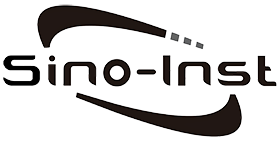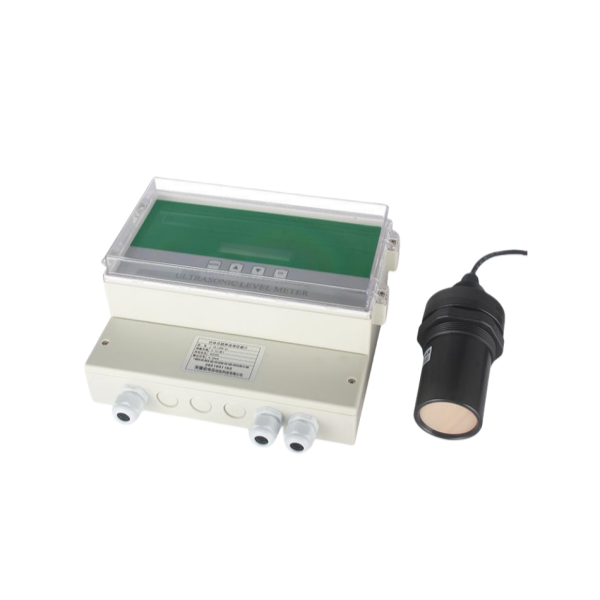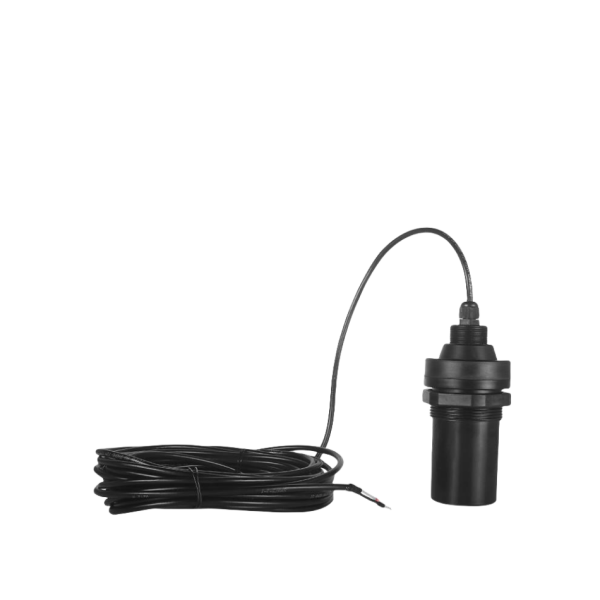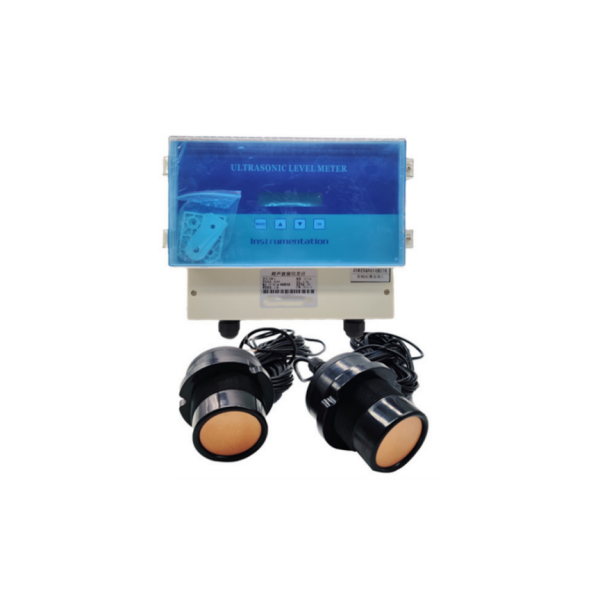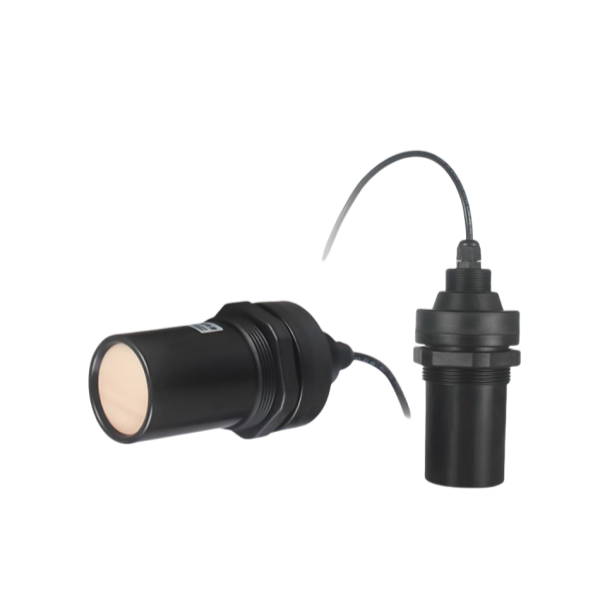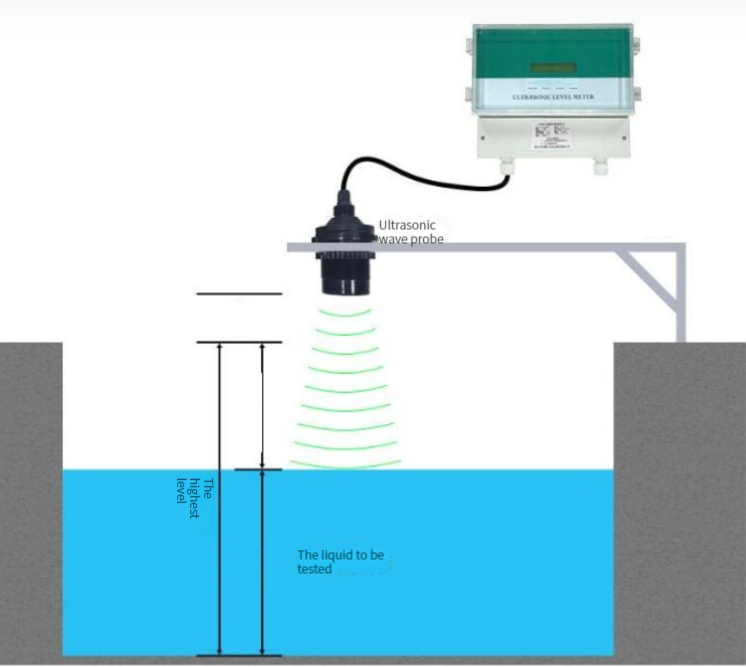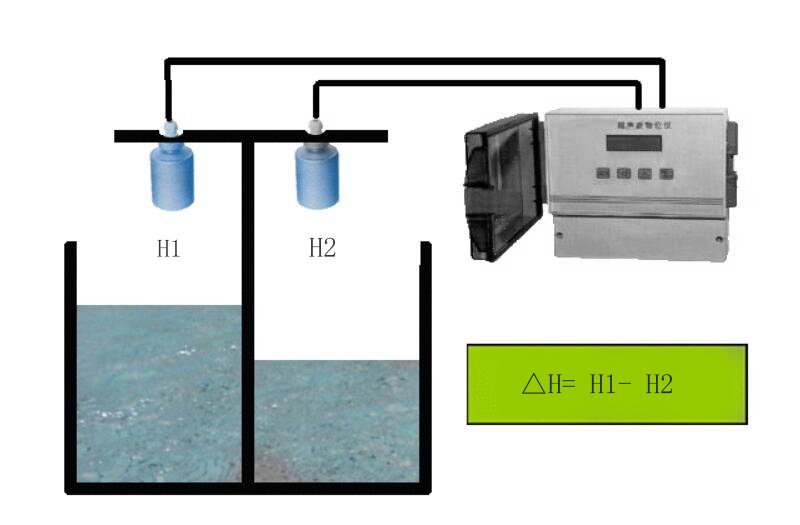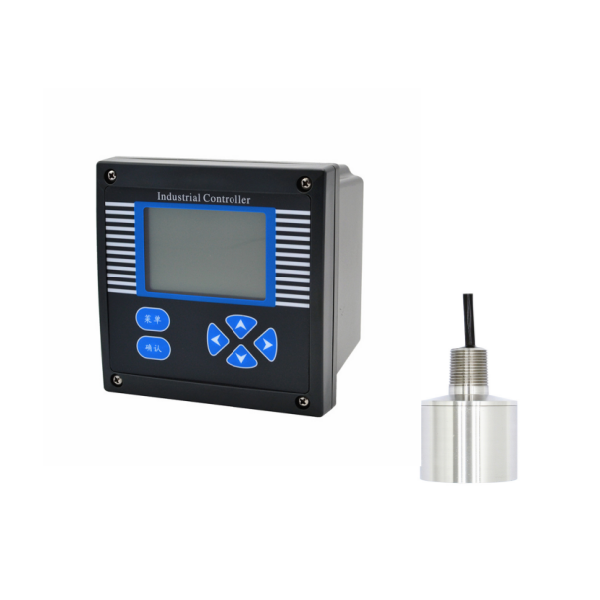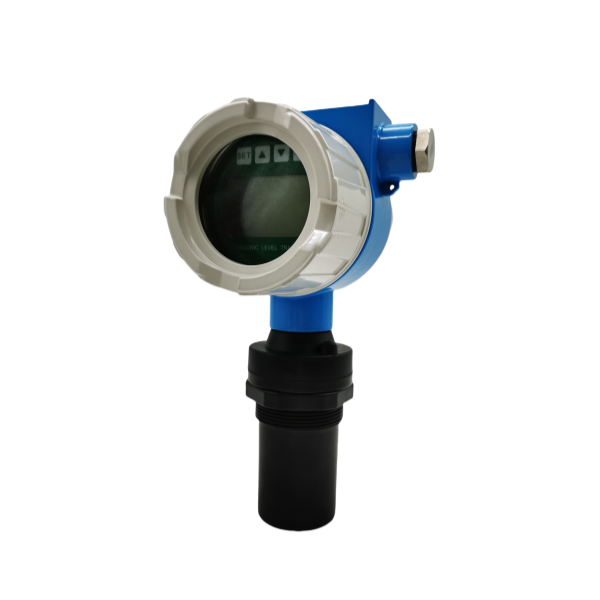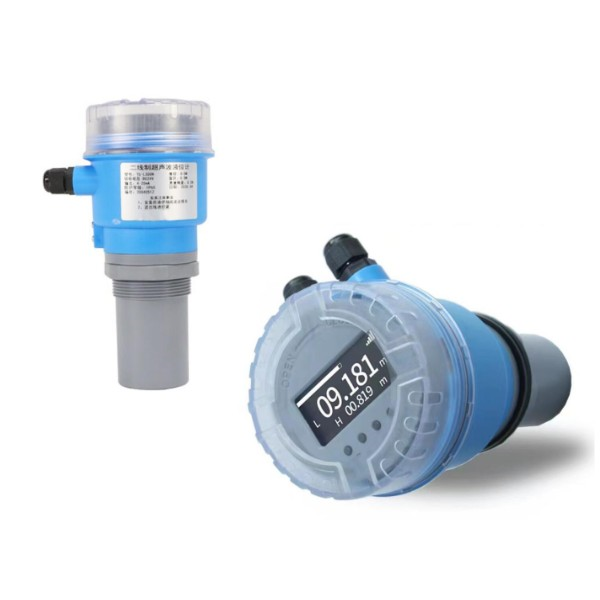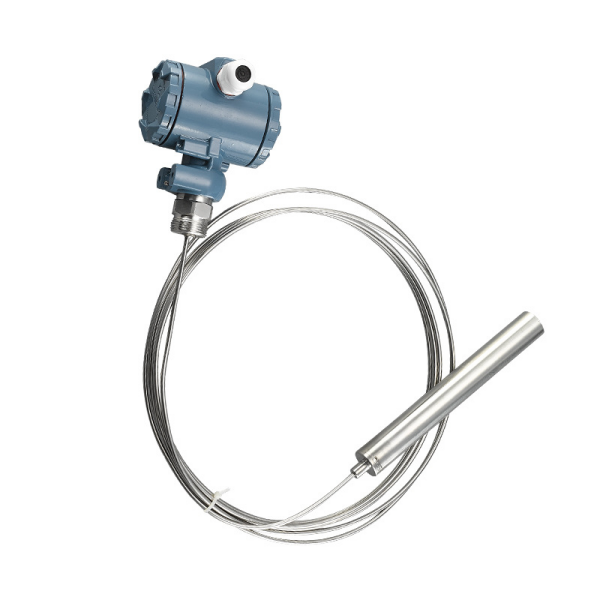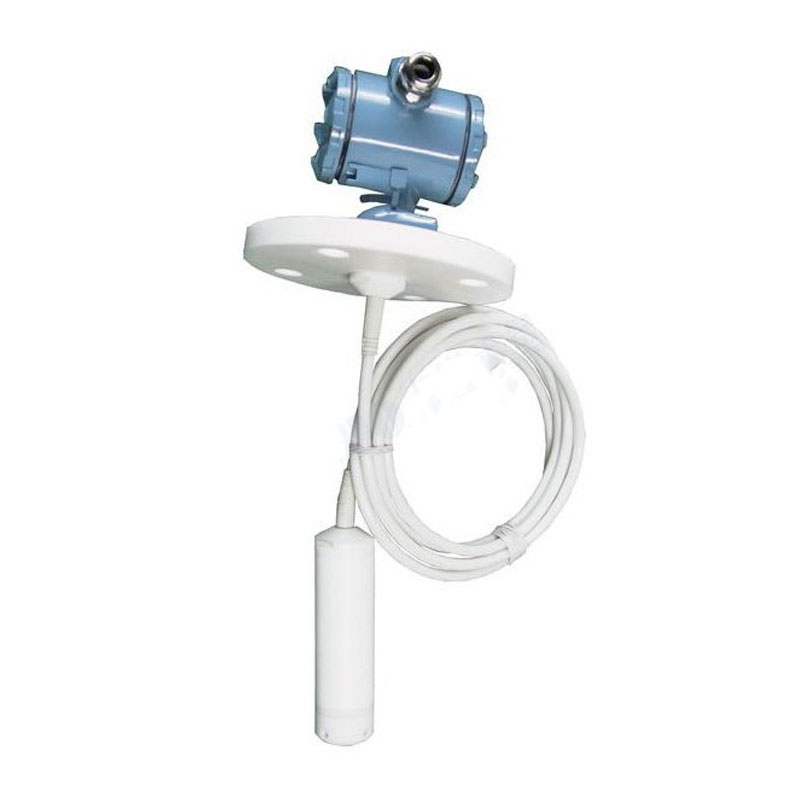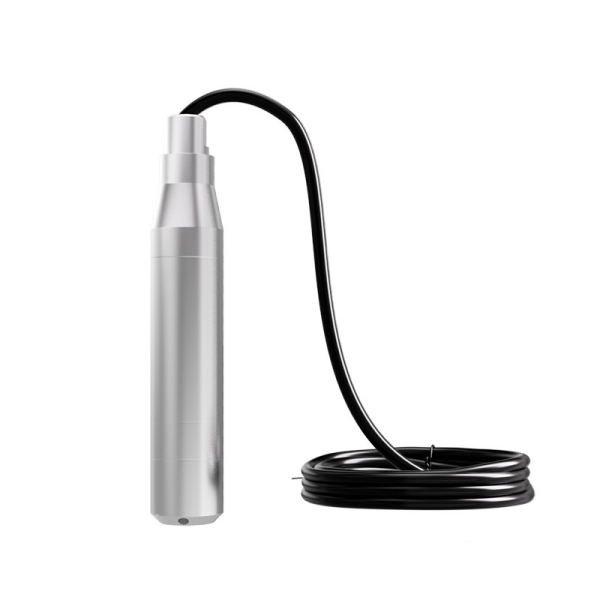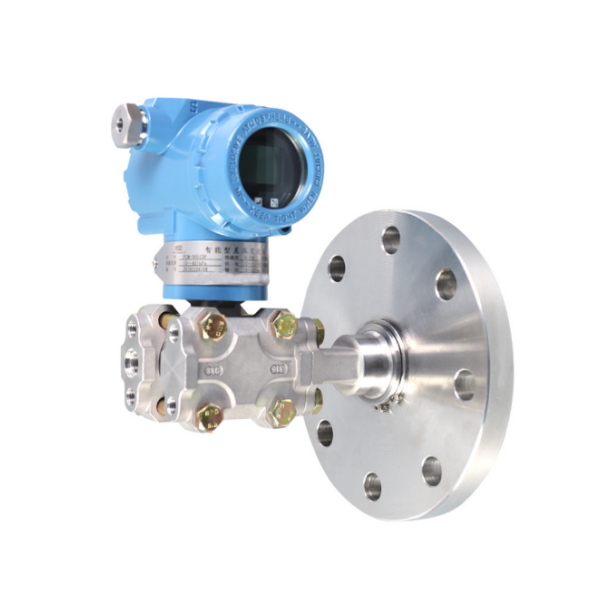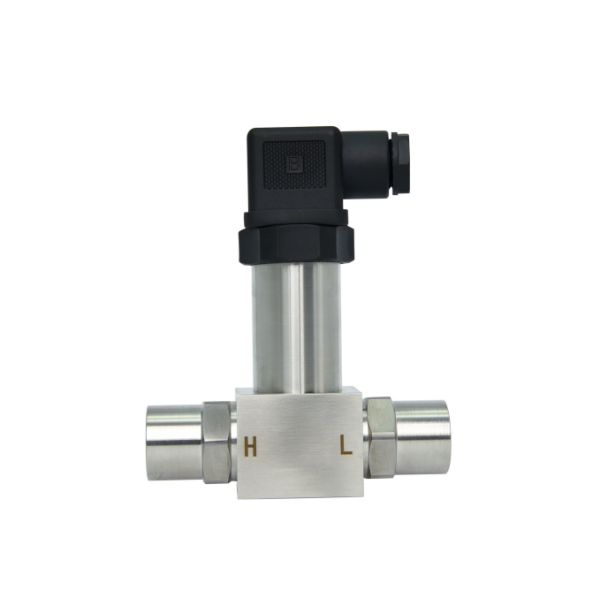Advantages of ultrasonic level transmitters
- Non-contact measurement, less affected by the viscosity and density of the liquid.
- 0~20m range is optional, and can be used in different industrial environments.
- Optional higher explosion-proof level (ExdIICT6Gb) and protection level (up to IP66/67).
- With temperature compensation function, it can be used in environments with large temperature differences, with high accuracy and strong adaptability.
- With RS-485 communication interface, special echo processing method is adopted to effectively avoid false echoes.
- PVDF material probe can ensure that the instrument can still measure reliably in corrosive liquids or corrosive environments.
- High cost performance, low maintenance cost, simple structure and easy installation.
What is the difference between an ultrasonic and radar level transmitter?
Ultrasonic waves use sound waves, and radar uses electromagnetic waves, which is the biggest difference.
Main differences:
- The measurement range of radar is much larger than that of ultrasonic waves.
- Radar has horn type, rod type, and cable type. Compared with ultrasonic waves, it can be applied to more complex conditions.
- Ultrasonic waves are not as accurate as radar.
- The price of radar is relatively high.
- When using radar, please consider the dielectric constant of the medium.
- Ultrasonic waves cannot be used in vacuum, high steam content, or foam on the surface of the liquid.
Split-type Ultrasonic Level Transmitter For Level-Level Difference Measure - Sino Insts
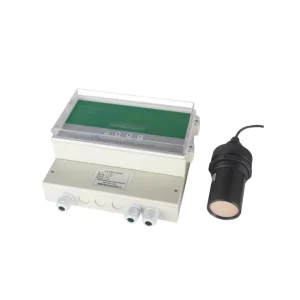
Ultrasonic waves use sound waves, and radar uses electromagnetic waves, which is the biggest difference.
Product SKU: Split-type Ultrasonic Level Transmitter For Level-Level Difference Measure
Product Brand: Sino-Inst
Product Currency: USD
Product Price: 369
Price Valid Until: 2029-09-09
Product In-Stock: InStock
Editor's Rating:
5
5
